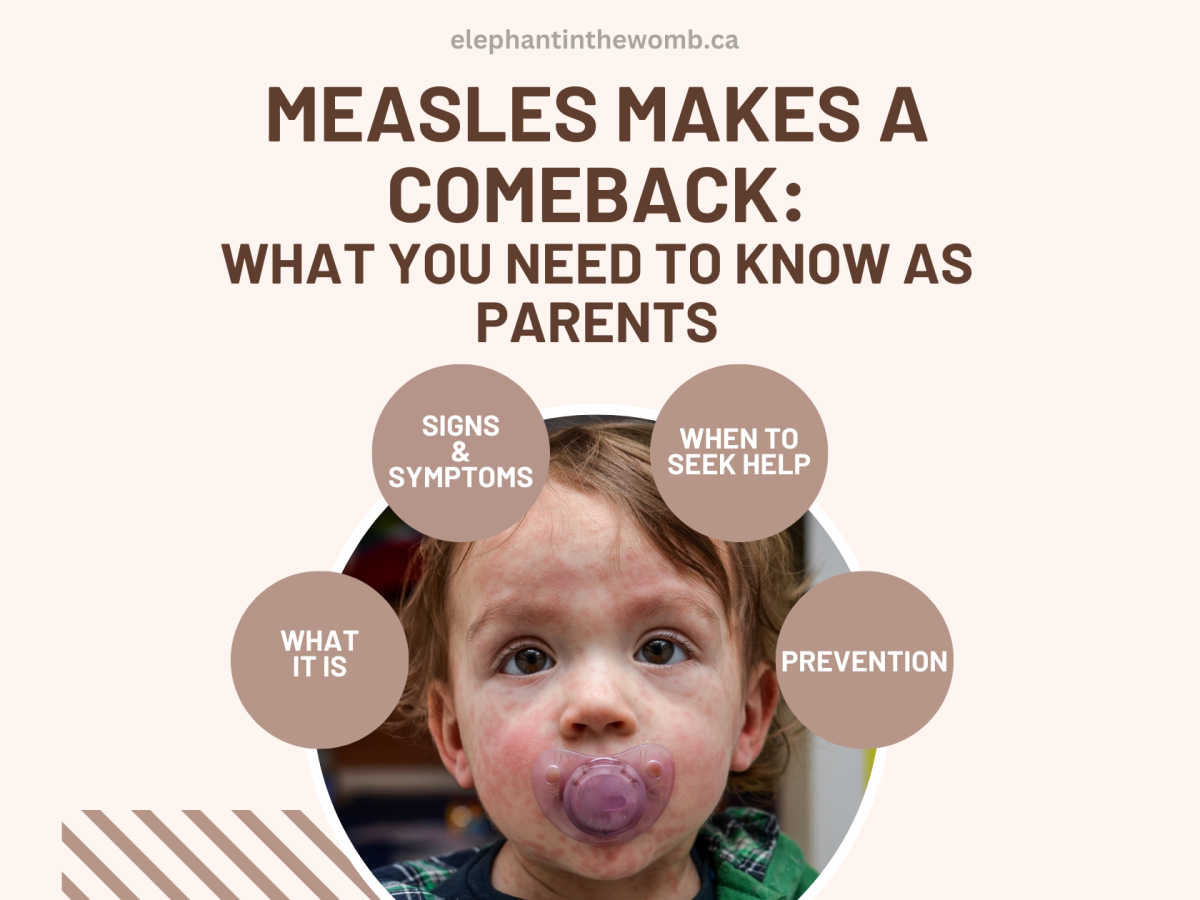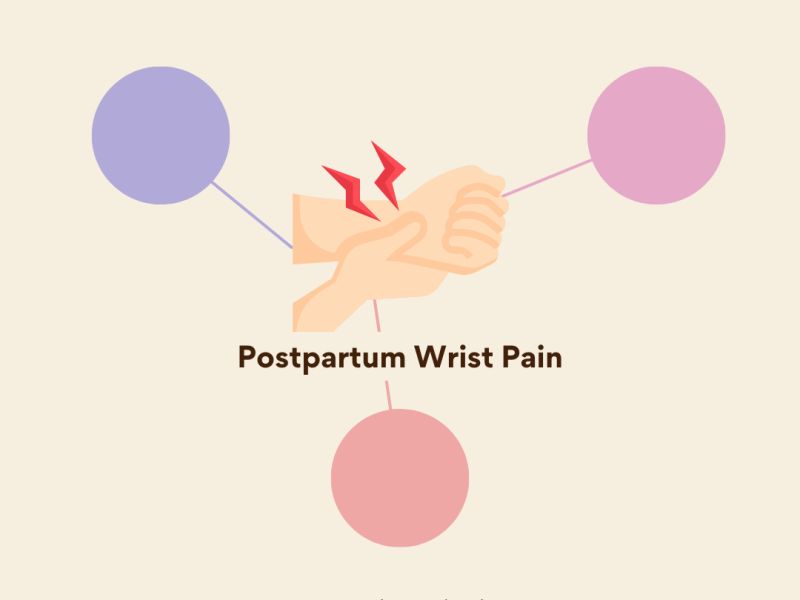This is a subject I’ve been meaning to cover for awhile!! I see so many questions about this in online forums and so much misunderstanding around what actually constitutes constipation, when constipation needs treatment, and so on and so forth.
This confusion around constipation isn’t just in regards to the child population, but also adults, so I’m going to try and touch a little bit on our population as well as I break down the 5 W’s of Constipation.
*Disclaimer: This blog is intended for informational purposes only. The information on this blog should not be used as a substitute to medical advice or medical treatment. As always, your Primary Care Provider, a doctor, or another health professional is your best resource for specific questions and medical advice. If you believe you or a loved one are experiencing a medical emergency, please contact 911.*
Let’s start with who – Constipation can affect anyone, across the life span. I’ll talk more below about factors that may increase risk of constipation.
Now, what is constipation?
Where is also very simply covered in this section 😉
Well first of all – it’s extremely common (in children and adults alike), but people seem to have a hard time identifying it.
Constipation is a build up of stool in your bowels (this is where). Contrary to popular belief, constipation does not only happen when you haven’t gone in a day or more. It can happen even when you are going everyday.
In babies in particular, the signs and symptoms of constipation are often misinterpreted. People see their baby straining and think – oh my gosh they’re constipated! When really this might not be the case and a bit of grunting and redness in the face can normal – have you ever tried pooping laying on your back?!
Across all ages, a better way to determine whether or not someone is constipated is by looking at stool consistency vs stool frequency (so what poop looks like – yeah, sorry – vs. how often they go). This is because: 1) frequency varies a lot between people (and between babies – breastfed babies, after the first 6 weeks of life, may only have a few bowel movements (BMs) a week, while formula fed babies may go daily and even this can vary); and 2) because as I mentioned before, frequency is far from the only indicator of constipation (some people may only go a few times a week but are not constipated).
You may have heard of the Bristol Stool Chart – which is oh so much fun because it’s literally a poop chart! Yay. Have you ever wondered why your poop looks at certain way (don’t tell me you’ve never wondered that ever)? Well the Bristol stool chart may help you determine what’s going on. The Canadian Digestive Health Association has a good version of it here, but you can also find it in various formats by googling it or by asking your PCP or paediatrician – they may even have a print-out version if that’s what you prefer.
I’ll let you take a look at the chart on your own and gain an understanding but a quick overview would be – small, hard round little poops are an indication of constipation and are often difficult to pass. The other end of the spectrum is when you have loose stools or diarrhea, which can indicate other problems such as gastroenteritis, food intolerance (some food allergies, such as to eggs, can present as constipation), and more. The “perfect poop” if you will is long and sausage-like.
It’s funny because I talk about this stuff at work all the time but it feels funny to write about it in my spare time! However, I think it’s really important to give the details and be aware so that you’re not self-diagnosing (or parent diagnosing)! A note: if you truly feel like something is wrong or “off” with your kid, definitely call your paediatrician or PCP to discuss. I talked about this recently, but you are your own (and your child’s) advocate and sometimes a feeling is very right.
Anyways, lets talk symptoms quickly.
For everyone: use the Bristol Stool Chart. Difficult to pass BMs (like 1 or 2) are often a good indicator of potential constipation. (Btw, I love this handout and use it professionally).
So in very small babies <6 months, hard poops and a lot of crying with bowel movements may indicate constipation, and your plan of attack should first involve a call to your child’s MRP (most responsible physician). They may suggest a few things you can try to help them, and ask you to follow up in a certain amount of time if not resolved.
In older children, symptoms might be:
- Abdominal pain, cramping which may be very intense
- Large BMs that clog the toilet
- Urinary symptoms such as frequency and urgency, or even the inability to pee
- Incontinence or staining of the underwear
- Other symptoms such as behavioural changes
In adults, symptoms are very similar to children. Straining is often an indicator of constipation in adults and any change in your frequency – however, I hate when I see websites that say “less than ___ amount a week”. Judge it based on what is normal for you. If it’s less than how often you normally go, then it’s worth considering constipation (along side the appearance, and other symptoms).
Symptoms that would be concerning and should involved an immediate call to your or your child’s physician would be:
- Bleeding – although a little bit of blood in the stool may be expected with constipation (or a related issue like hemorrhoids), it’s still worth a call to make sure; any excessive bleeding should be addressed immediately
- Severe abdominal pain – although children’s pain (and even adults) can be quite bad and just be constipation, it’s always good to check especially if the pain is lasting >30 minutes, as there are a variety of other potential causes of abdominal pain and some are emergent
- Fever – this is not expected with constipation in either adults or children
- Vomiting – CDHF lists nausea too for adults but honestly if you have ever been constipated I think nausea can be a normal symptom (think – first trimester of pregnancy, ugh); however vomiting is not in either population
- Crying that does not stop despite all efforts, in babies or young children (or maybe adults?)
- In both children and adults (not babies of course) – having to go to the washroom in the middle of the night
- A few other issues such as prolapse (intestine coming out of anus); weight loss (unintended in adults); and more which can be found here (adults) and here (kids)
Any concerns re: symptoms, or you’re just not quite sure – call your physician. Or head to the ER, as appropriate. There are systems in place such as Telehealth in Ontario, to help you make the best decision if you’re unsure.
When and why does constipation happen?
Constipation can be related to many factors. However, it is a bit complicated when it comes to kids (as it can be with adults too honestly). Sometimes constipation’s cause cannot be pinpointed – in which case, the person affected may (after having everything else ruled out) eventually end up with a diagnosis of chronic constipation or IBS-C, among a few other functional conditions.
Children’s constipation may be related to not wanting to go because they are busy doing something else that is much more exciting and fun than pooping. Yeah, really – that’s an actual common cause! They may also feel things like embarrassment, or even fear related to going to the washroom (especially if it’s, for example, the washroom at school or in another public place). In the early days of potty training, it may also be related to stress. “I’m a big kid now!” – but I’m not sure I want to be yet!
For babies – it may be diet related. This can become an issue when baby’s start eating solids or as a result of them not receiving an adequate amount of fluid (whether that be breast milk, formula, or water as they grow).
Other factors that may contribute to or cause constipation (in both kids and adults):
- You need more FIBRE – a very common cause of constipation
- You need more WATER
- You need to MOVE MORE – physical activity helps with bowel motility
- You are taking a medication that is impacting your bowel motility or digestion
- You have a medical condition that is impacting your bowel motility or digestion
Basically anything that impacts your intake of food or liquids; your bowel motility; and your output (so for example – hemorrhoids can be related to constipation because people avoid using the washroom due t discomfort).
How is constipation prevented and treated?
Prevention is ideal and key here.
Trying to avoid the issues above that are possible to avoid – such as low-fibre diets, low water intake, inactivity and so on – can help. Fluid guidelines for children based on their weight are available on the CHEO handout here, however as always I recommend discussing this with your child’s MRP.
If you have a baby under 6 months who you believe is constipated – continue to feed them either breastmilk or formula, as applicable. See your physician if you have concerns or the issue is not resolving. Over 6 months of age (when your baby is safely consuming solids), some juice may help (~30 ml-125ml of apple, prune, or pear juice) or sips of water. Neither of these should replace their feedings though! For increasing fibre in the diet, this Alberta Health Services handout is great.
If you need more guidance re: a nutritional diet, seek out a pediatric nutritionist or Registered Dietitian. I talked about the differences between their roles here – if your child is healthy, you could potentially see either however I’d recommend finding one that specializes in the paediatric population in both cases!
When potty training and even when your child is potty trained, make sure your child is going to the bathroom regularly to encourage regular BMs. You may also want to get them a stool for their legs when they are a bit bigger, to put them in the optimal position.
If you’re concerned re: food allergy or sensitivity, visit your MRP to discuss this (or an RD). You can remove what you suspect might be the cause from the diet, however it is better to do this with a bit of guidance (you could also chat with a Registered Dietitian as well!). I’ve seen people in the past remove things wildly from their or their child’s diet with no guidance – they usually ended up having to consult either a doctor or a dietitian in the end anyways – and notably, both them and their child are miserable!
Treatment of constipation is different between children and adults and can vary. There are a variety of products available that may be used for treatment (and some that might not be great or safe). There is usually a specific protocol for the treatment children’s constipation so consult a physician before doing anything just to be safe (a dietitian may be able to provide guidance here as well in regards to the nutritional aspect). The CHEO handout I’ve been linking to does provide an outline of the protocol, but it isn’t something you should follow without some guidance. A phone call to your physician or paediatricians office – especially during these times – could certainly be enough just for a quick discussion and some suggestions.
For adults, it should be the same if you’re not sure what to do! You could start with something that is very gentle – for example, Metamucil which is psyllium, a bulking agent. Then you gradually work up the list of different types of laxatives – but again, I’d recommend guidance for this unless you are “used to” being constipated (i.e. you have IBS-C and have dealt with it many times before, and have a sort of “protocol” you already follow).
If you are pregnant – speak to your doctor. 100% as like many other things, there is little data on safety of certain products in pregnancy.
Probiotics are another option that may be helpful for anyone – make sure you read the labelling on the back. Some advise to check with your physician before taking them in certain circumstances, such as during breastfeeding and pregnancy.
For constipation, changes in diet, exercise, and fluid intake are your first-line treatment option! However, they don’t always work – so a quick chat with a healthcare professional could be helpful for guidance.
As always, I hope this was helpful. Direct any questions about your or your child’s health to your physician or healthcare professional as appropriate – this is not medical advice!





Leave a comment